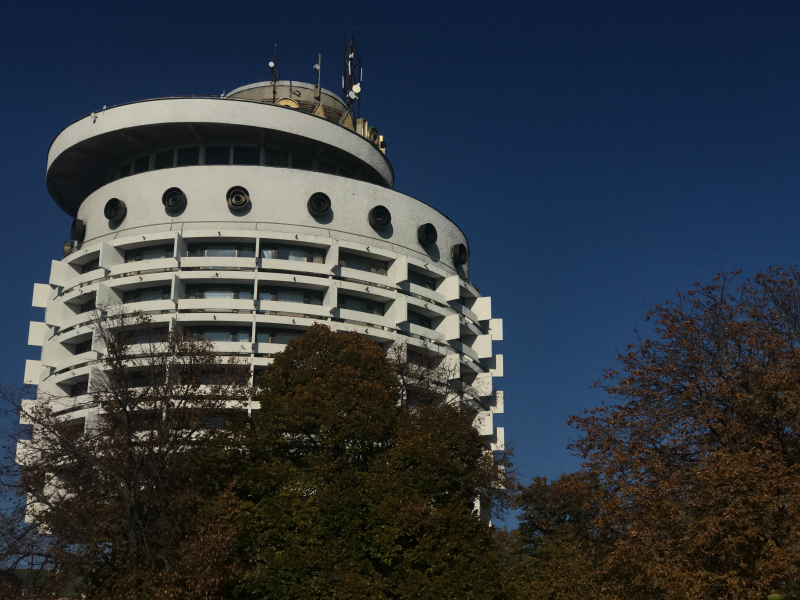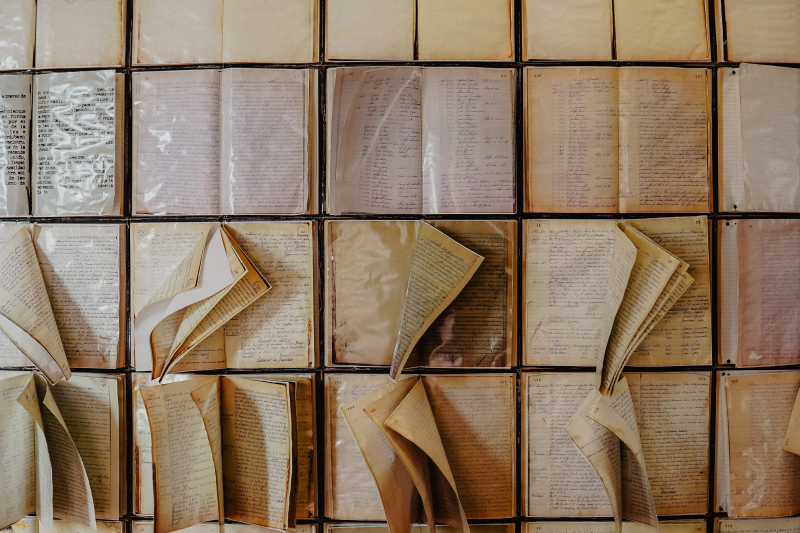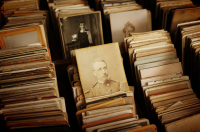#Romanovs100
100-years-old photos seen through the lens of modern social media – this is the educational project #Romanovs100, which tells the story of the last Russian Emperor, Nicholas II, and his family. Made in collaboration with the Russian State Archive, this storytelling project features about 4,000 pictures of the royals and is implemented on four popular social media platforms – Facebook, Twitter, Instagram, and YouTube. Each account presents the last days of the Russian Empire from a different angle. It’s a great opportunity to see the Romanovs not only as monarchs, but also as a loving family who, just like us, took selfies, played cards, and enjoyed traveling.
1917.Free History
It’s 1917. Russia is at a crossroads. The revolution is coming. What was on the minds of people living through this defining time? Once again, transferring genuine historical documents into the context of social networks has allowed poets, actors, and politicians to share their thoughts and feelings on what happened back in 1917. As a result, the Free History project provides a comprehensive and sometimes surreal narrative complemented by photos, videos, and notes that bring the gloomy past to life. Just imagine: on exactly the same day when tsar Nicholas II talks about a wonderful day with his family, Boris Nikolsky, a lawyer from Petrograd, writes desperately: “It is becoming so difficult to live – I cannot even convey it. Prices, people, queues, portions – everything is eerie, frightening.”
Arzamas Academy
If you ever wanted to know how the Soviet regime cultivated new painting styles or how garbage could become a piece of art, here’s a thing worth paying attention to. The educational platform Arzamas Academy is famous in Russia for its engaging projects on literature, philosophy, arts, and humanities. Recently, it launched a crash course on Russian art in the 20th century, available completely in English. The course consists of videos, audio lectures, and tests to help you understand the peculiarities of art in Russia and the USSR. The knowledge gained is probably enough to both broaden your horizons and impress your Russian friends.

Credit: Artur Voznenko (@voznenko_artur) via Unsplash
The Constructivist Project
A feature of the Soviet era, the constructivist architectural style reflects the bold design and daring ideas of the 1920-1930s. After almost a century, such buildings can be found in different states of decay, which is why many of them need to be preserved or at least remembered. That’s the mission of The Constructivist Project, which puts constructivist heritage on the map – from the most remarkable architectural gems to unsightly residential buildings. As a result, we can explore the urban environment of this historical period from the comfort of our homes.
how-old-is-this.house
For those who have always been curious about the history of urban planning, here’s one more spellbinding project to check out. The how-old-is-this.house interactive map was made by the cartographer Nikita Slavin and covers the largest Russian cities like St. Petersburg, Moscow, Kazan, and many more. It allows one to see how the districts architecturally expanded through time, showing the age of buildings, their architects, and highlighting remarkable representatives of various styles. For example, the map of St. Petersburg currently features over 55,000 buildings – from the reputable Peter and Paul Fortress to the freshly-built dormitory suburbs. Needless to say, the website itself is quite eye-catching, so be careful not to spend the whole night clicking on tiny colorful buildings (frankly speaking, I failed).
Craving an even deeper dive into digital projects that explore Russian history and modern life? Check out interactive maps, personal stories, and even the first space launch in this article.




